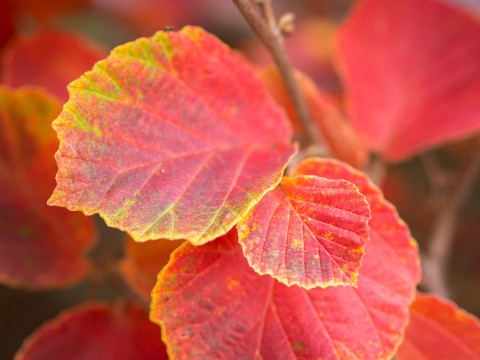Many trees provide a wondrous show in the fall, with leaves in hues of red, orange, brown and gold.
But once the show is over, those leaves can damage your lawn, so it’s time to get out the rake.
What’s the problem?
Leaves, especially wet leaves, can thin your lawn in a very short time. Fallen leaves prevent sunlight from reaching your turf. They smother the grass, preventing water from evaporating and eliminating air exchange. The combination of wet plants and low oxygen causes the grass to rot.
What you can do
- Rake leaves off your lawn! Protect your investment. Leaves can quickly thin the lawn you have worked all year to thicken.
- Rake or blow leaves at least once a week during peak leaf fall. Raking more frequently does not take much more time because frequent removal is much easier than waiting to remove all the leaves at once.
Here’s the good news
- Leaves make a great mulch for your garden beds. Just rake them onto the beds and spread them out in a thick layer. Make sure to leave a ring that’s several inches wide around the trunks of your trees and shrubs.
- Leaves also make great compost. Add them to your compost pile or compost them separately. Large leaves will break down more quickly if shredded, but will break down eventually if allowed time. Composted leaves make great soil amendments.
Do not compost the following, but dispose in yard waste
- Leaves from any tree with a foliar disease, such as fruit trees, ornamental cherries and plums, or dogwoods with anthracnose. Disease spores can over-winter on fallen leaves, surviving the composting process and infecting your trees again in the spring.
- Leaves of conifers and broad-leaf evergreens. They take a long time to compost.
References
Autumn Leaves and Their Virtues. Robson, M. Washington State University Cooperative Extension. http://gardening.wsu.edu/column/11-08-98.html November 17, 2000.
The Gardener’s Guide to Plant Diseases. Pleasant, B. Story Books, 1995.

